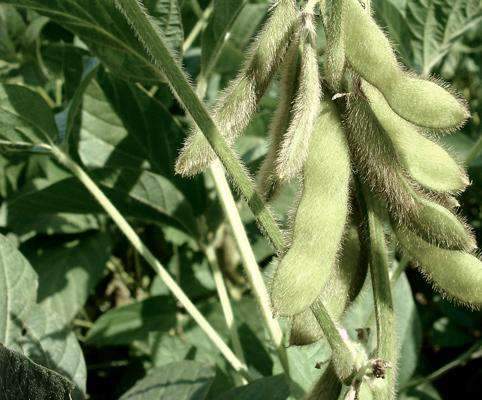Product Information
- Application or Use: Pasture, Food Plot, Livestock Grazing, Cattle Forage, Cover Crop, Erosion Control
- Germination Time: 14 - 21 days, under optimal conditions
- Growing Locations: Warm Season, Transition Zone, Cool Season
- Height: 2 - 4 feet
- Sunlight Requirements: 6+ hours
- Advantages: Offers better taste and digestibility than Austrian Winter Pea.
- When to Plant: Recommended planting time is spring and fall when night time temperatures are consistently below 65 degrees.
Product Details
- High Protein Forage
- Nitrogen fixation and high biomass production
- High platability
- Winter hardy and self-climbing
- Excellent in blends and mixtures
Product Information
Whistler Winter Peas are white flowered, with a very low anthocyanin content (the reddish, purple color on flowers, leaves, and stems). Studies have shown that the lower the anthocyanin content, the higher the palatability of forage. Austrian Winter Peas are purple-flowered, and have a high anthocyanin content. Sweeter feed means higher intake, higher weight gain, and more profits.
*Product packaging may appear different than what is pictured.

Whistler Winter Peas are excellent for nitrogen fixation. Pea seed, properly inoculated, does an excellent job of fixing nitrogen from the air. The bacteria takes nitrogen, binds it with hydrogen from soil water, and forms ammonium, which is a form that is usable by plants. This nitrogen fixation makes Peas a perfect partner with cereals and grasses, which use large amounts of nitrogen, as well as banking nitrogen for future crops through cover cropping and green manure plowdown.
It is common practice to blend several varieties or mix several species together to get complementary performance within the blend. Whistler Winter Peas are excellent in blends with other peas. Being a winter-hardy, semi-leafless pea matches perfectly with spring peas for a quick fall forage, and with standard Pea varieties that have a tendency to lodge and lose forge quality. By mixing Whistler Winter Peas with cereals such as oats, wheat, rye or triticale, you will be adding palatability and high quality protein to your forage. The nitrogen fixing capacity of the peas will be complementary to the cereal forage production.
Whistler Winter Pea Seed
Whistler Winter Peas are a semi-leafless, sweeter white-flowered peas with yellow cotyledons. They are winter-hardy down to 0 degrees F while being excellent for nitrogen fixation and providing a high protein forage.

Instructions
For more info on planting instructions and tips for the best results – check out our Warranty & Planting Information here!
Whistler Winter Peas are excellent for nitrogen fixation. Pea seed, properly inoculated, does an excellent job of fixing nitrogen from the air. The bacteria takes nitrogen, binds it with hydrogen from soil water, and forms ammonium, which is a form that...
Whistler Winter Pea Seed
4Whistler Winter Peas are a semi-leafless, sweeter white-flowered peas with yellow cotyledons. They are winter-hardy down to 0 degrees F while being excellent for nitrogen fixation and providing a high protein forage.

























